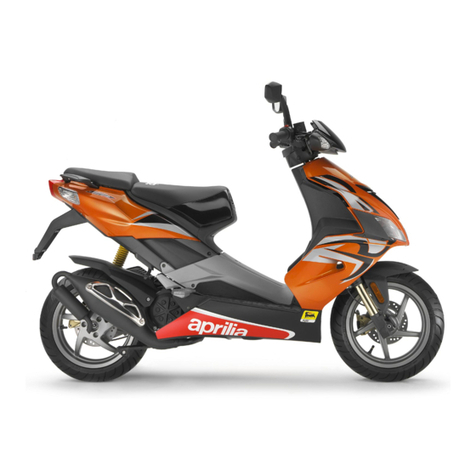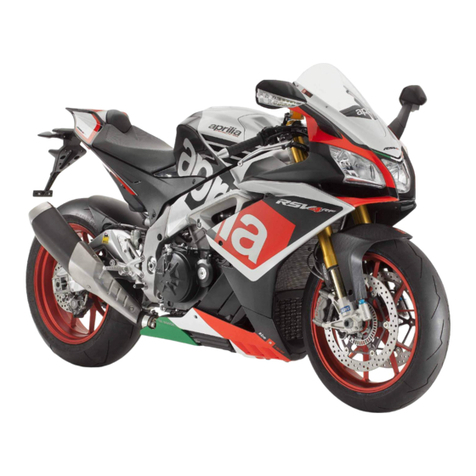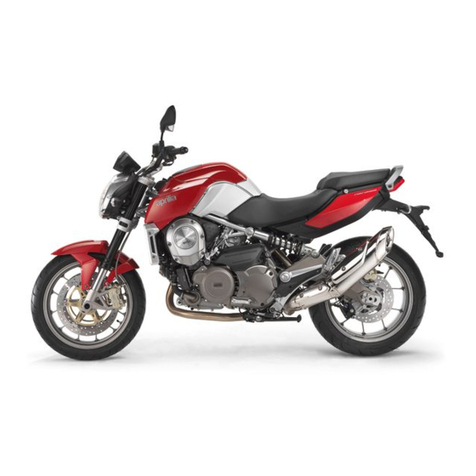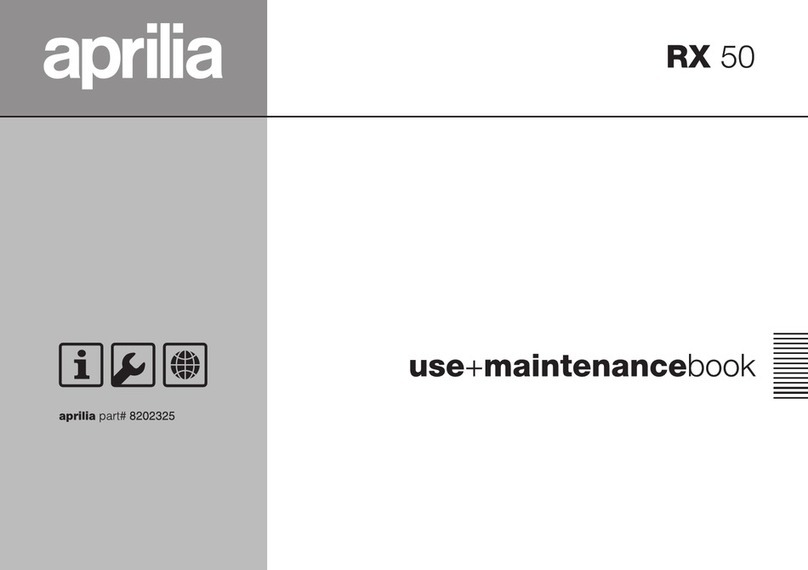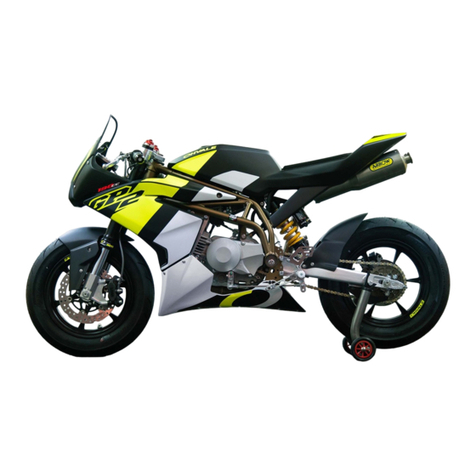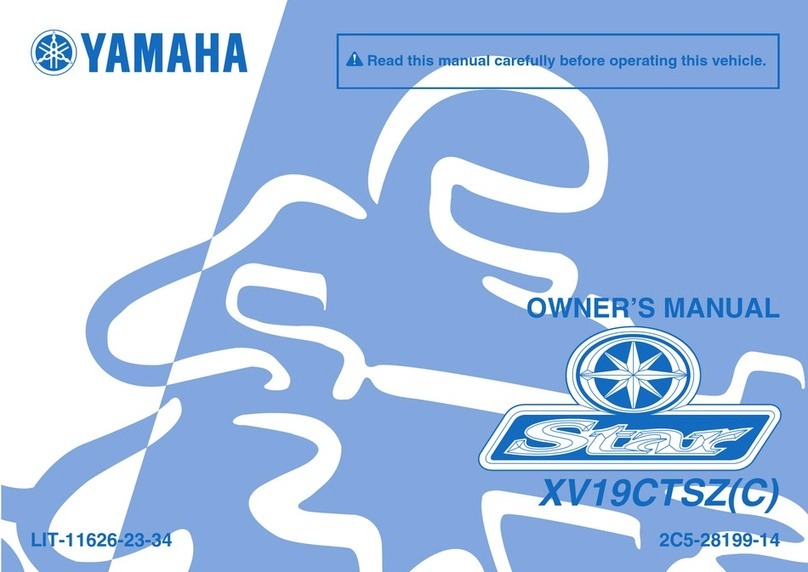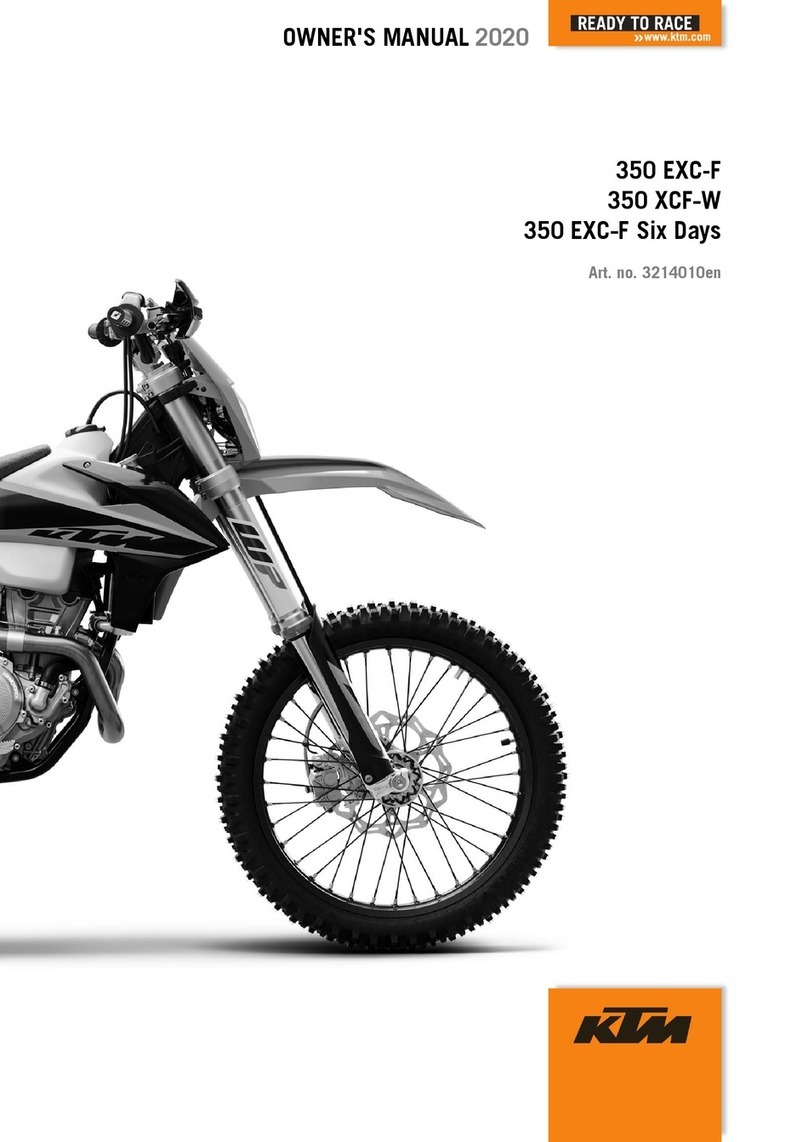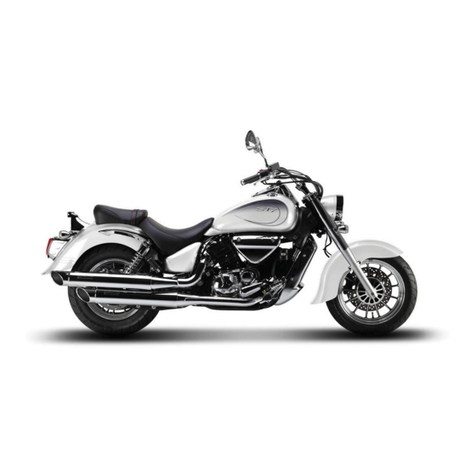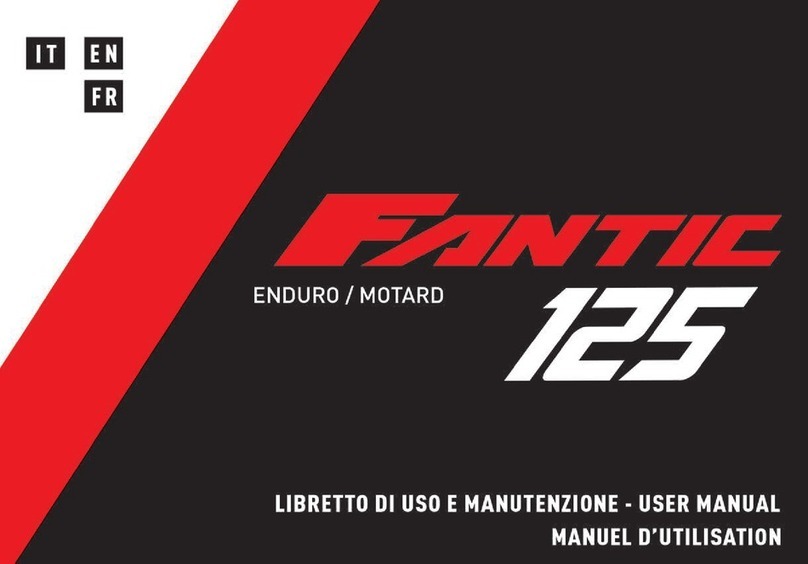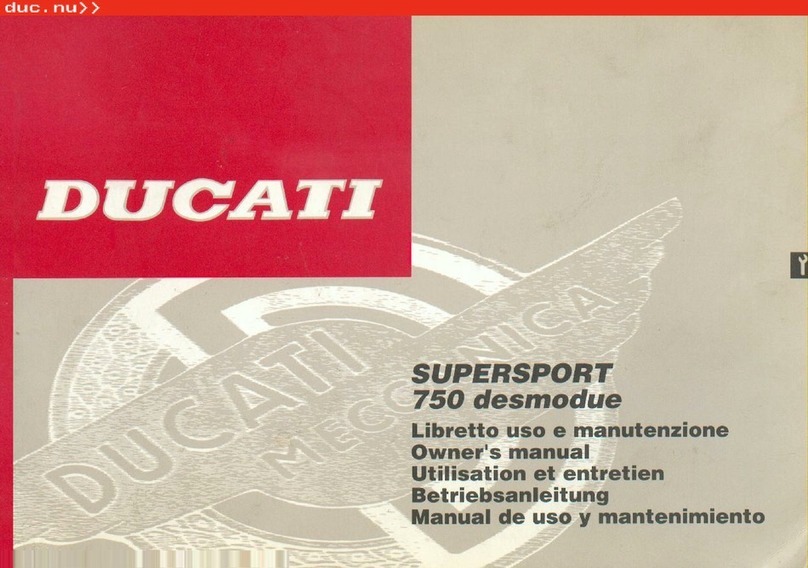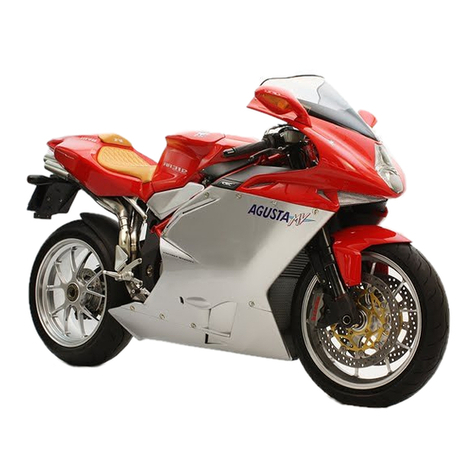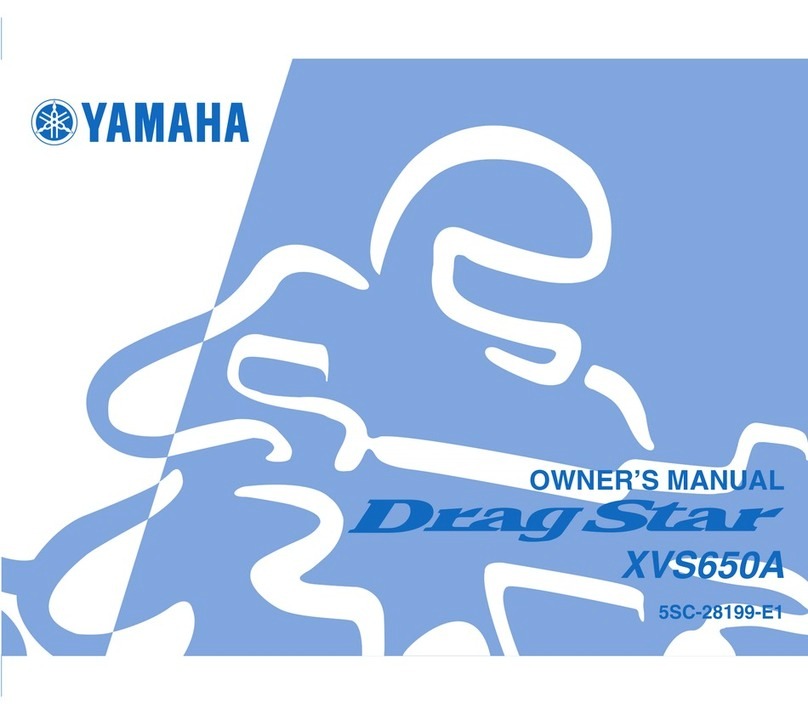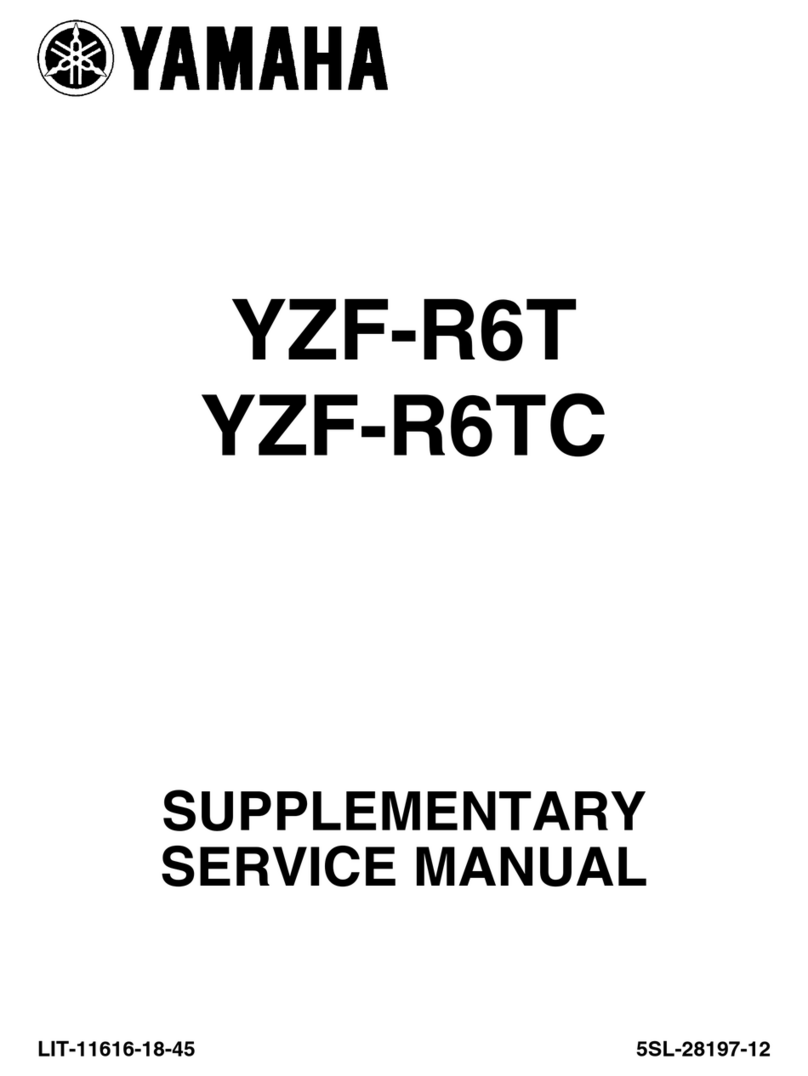APRILIA Amico 50 1997 User manual
Other APRILIA Motorcycle manuals
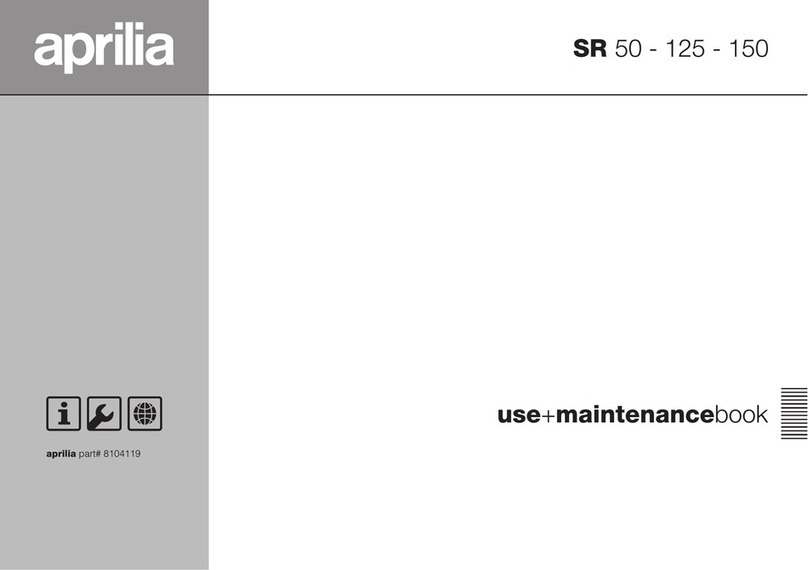
APRILIA
APRILIA SR 125 - 1999 User manual
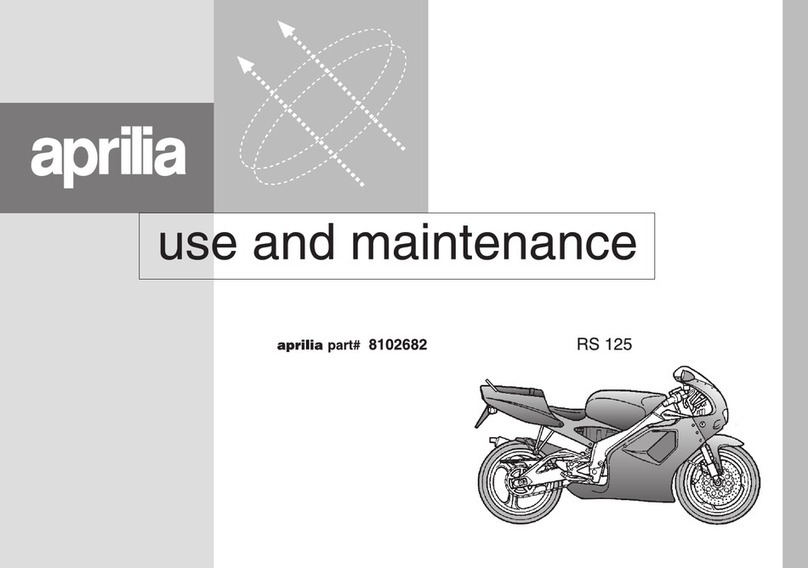
APRILIA
APRILIA RS 125 - 1996 User manual
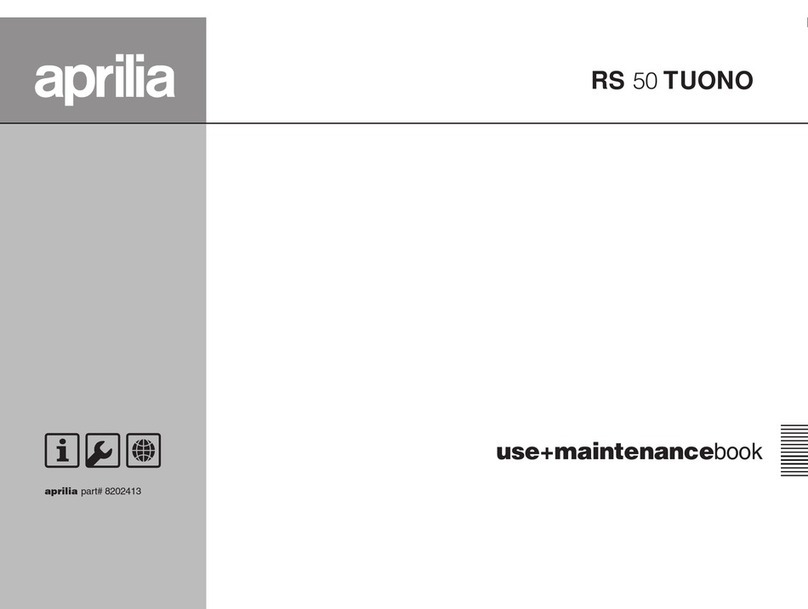
APRILIA
APRILIA RS 50 TUONO Parts list manual
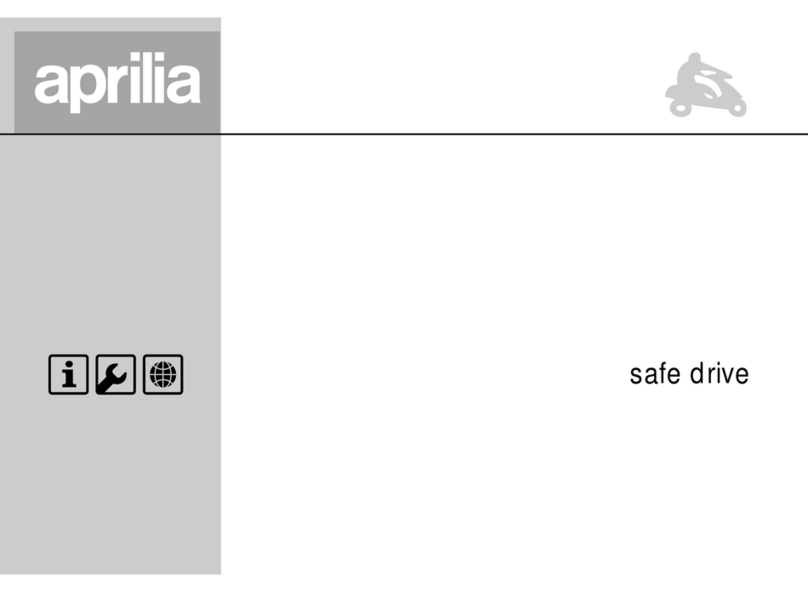
APRILIA
APRILIA SCARABEO 100 4T - 06-2001 PART2 User manual
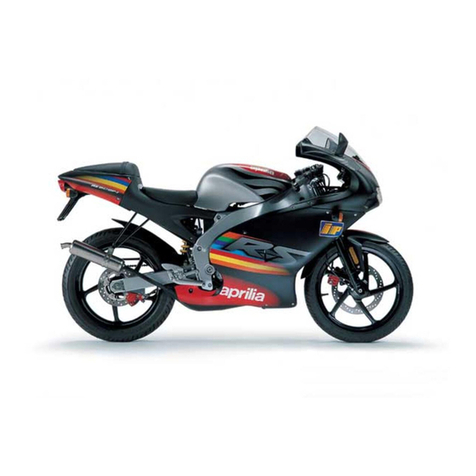
APRILIA
APRILIA RS 50 User manual
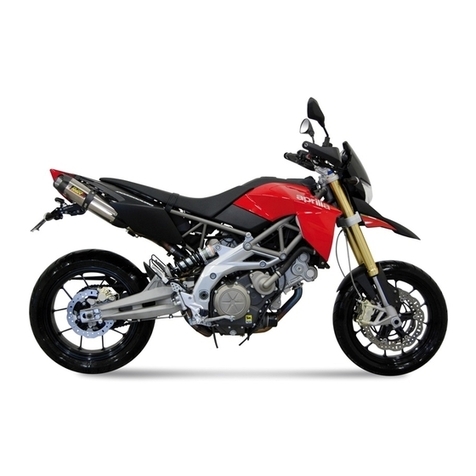
APRILIA
APRILIA DORSODURO FACTORY ABS 2011 Guide
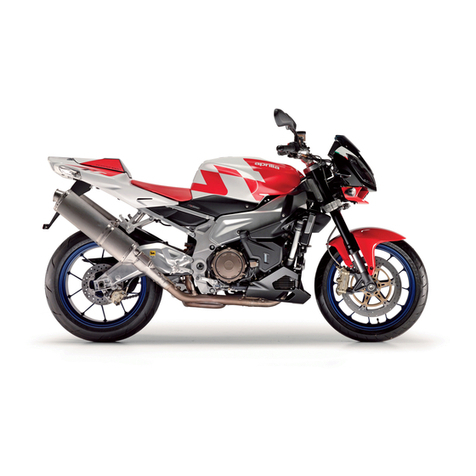
APRILIA
APRILIA TUONO 1000 - 2006 User manual
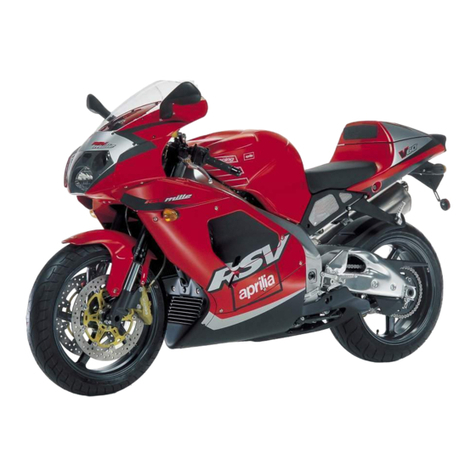
APRILIA
APRILIA RST MILLE FUTURA - PART 2 2000 User manual
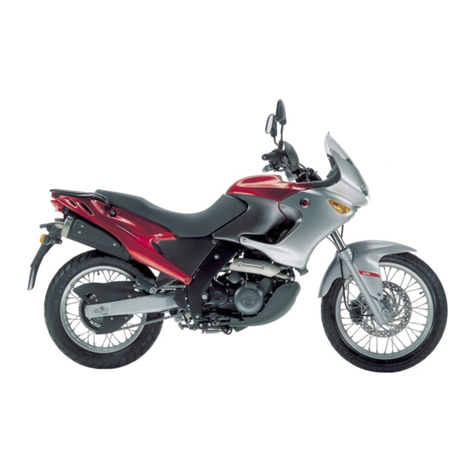
APRILIA
APRILIA PEGASO 650 IE - PART2 01-2001 User manual
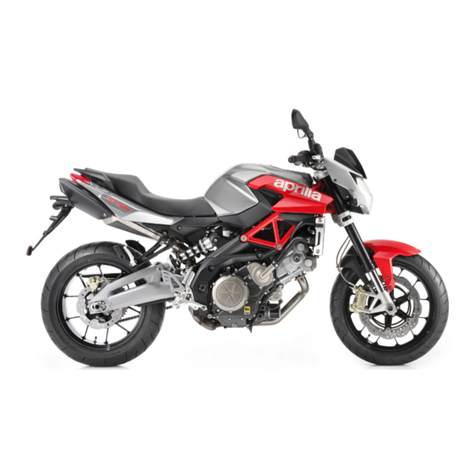
APRILIA
APRILIA SHIVER 750 - 2010 User manual

APRILIA
APRILIA MXV 450 - Guide
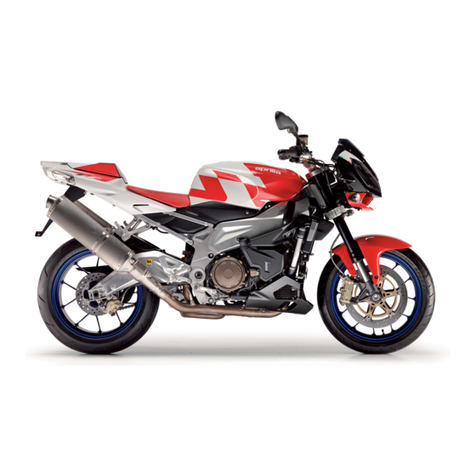
APRILIA
APRILIA TUONO 1000 R User manual
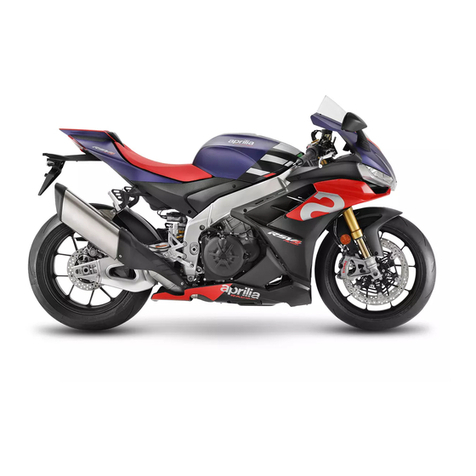
APRILIA
APRILIA RSV4 1100 Factory 2021 User manual
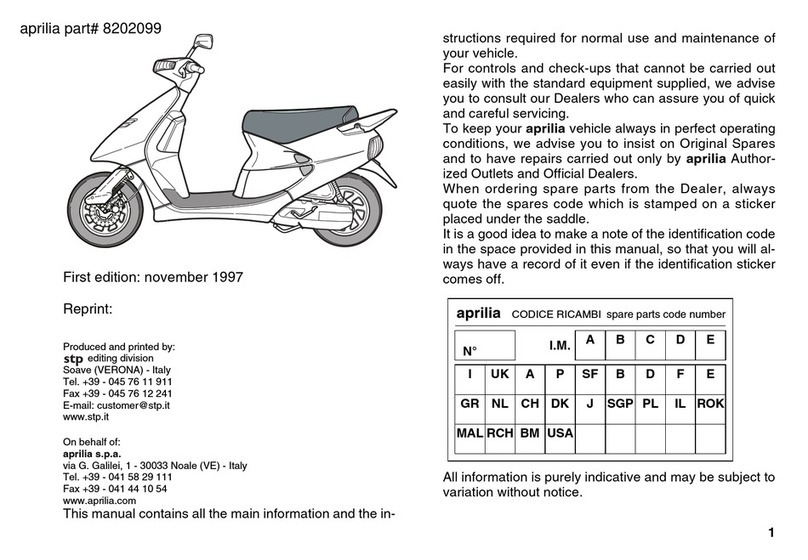
APRILIA
APRILIA AMICO 50 - 11-1997 User manual
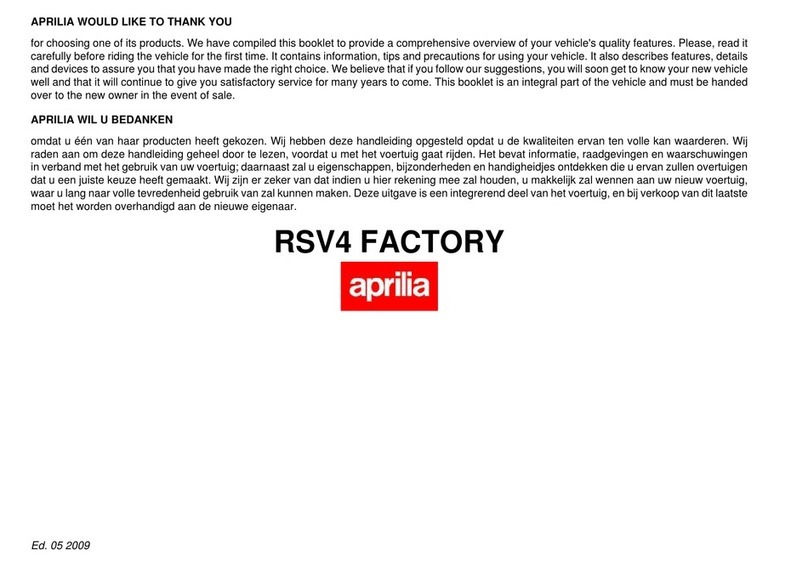
APRILIA
APRILIA RSV4 FACTORY User manual
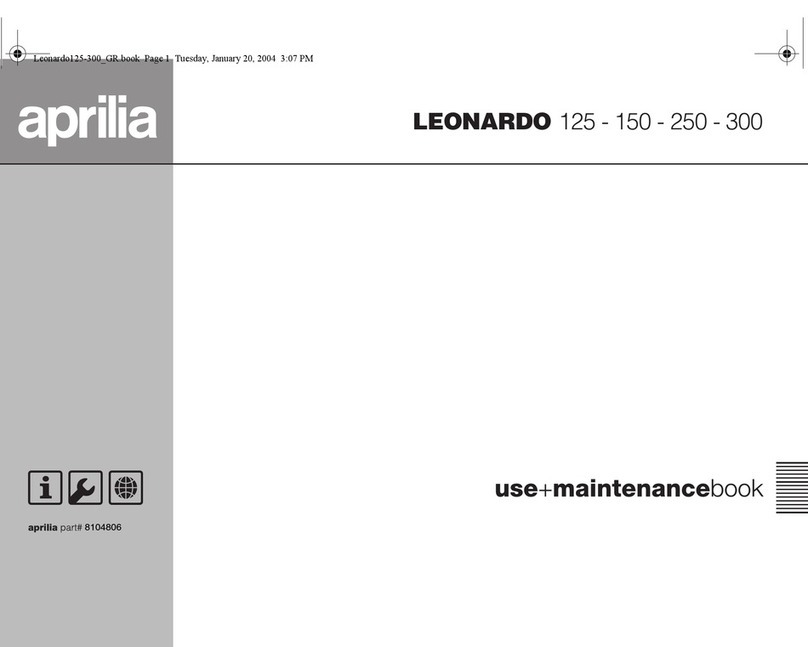
APRILIA
APRILIA LEONARDO 150 - 2006 User manual
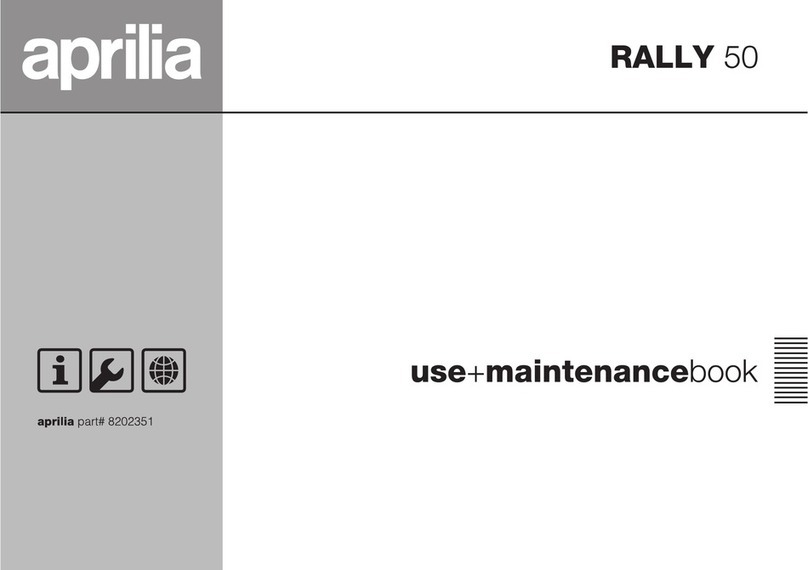
APRILIA
APRILIA RALLY 50 - 2002 User manual

APRILIA
APRILIA SCARABEO 300 SPECIAL - 2009 User manual

APRILIA
APRILIA ATLANTIC 125 - User guide

APRILIA
APRILIA PEGASO 650 IE - PART2 01-2001 User manual
Popular Motorcycle manuals by other brands

MV Agusta
MV Agusta Brutale 675 Workshop manual
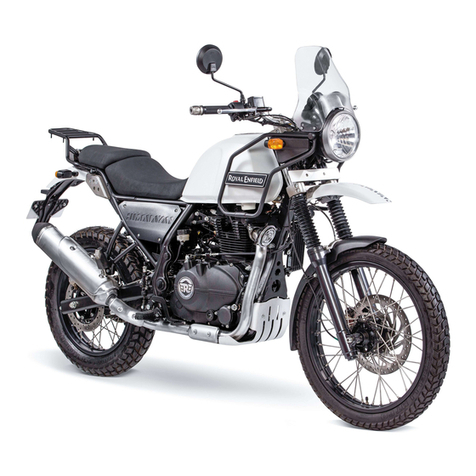
Royal Enfield
Royal Enfield Himalayan 2018 owner's manual
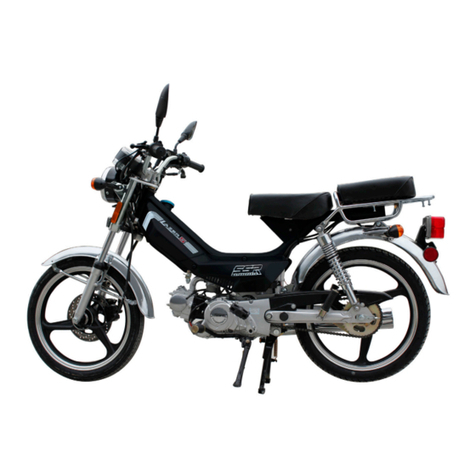
SSR Motorsports
SSR Motorsports Lazer5 owner's manual

MOTO GUZZI
MOTO GUZZI 2005 Griso 1100 Use and maintenance book
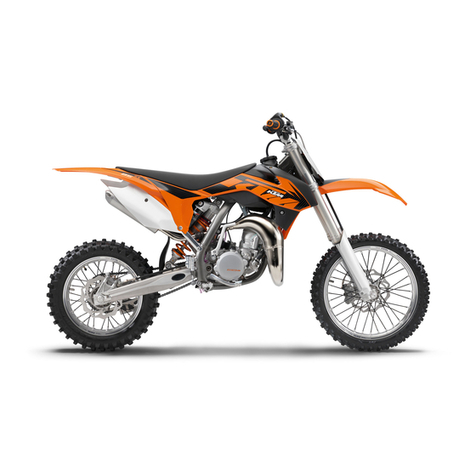
KTM
KTM 85 SX 19/16 owner's manual

Beta Motorcycles
Beta Motorcycles XTRAINER 250 2T EUROPA 2022 manual
